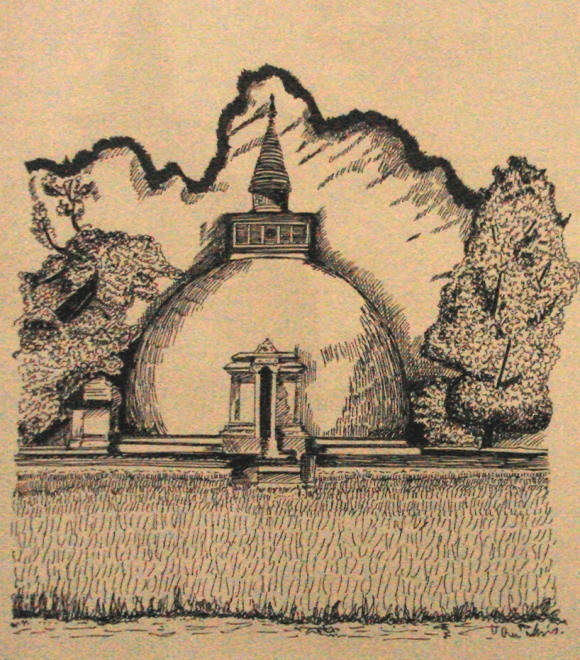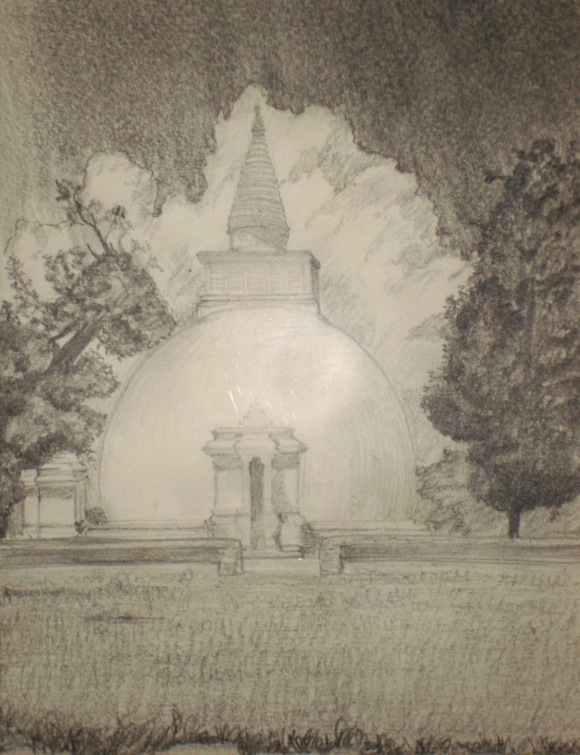The Sinhalese are the first to inhabit the fertile lands of Lanka. Archaeological evidences comes in great aid when researching the earliest history of Sri Lanka and this article will present some of the significant archaeological findings to recognize the earliest footsteps of the Sinhalese.
The history of the oldest known human settlement of Sri Lanka dates back to 125,000 years from the present. There is a lacking of literature sources or inscriptional records which belongs to this period. Unfortunately most of the literature sources are mixed up with folklore and mythological tales, covering historical facts, making it difficult to see the truth. The earliest history of the Sinhalese are written as fables which are hard to believe, most of them written with the influence of Hindu mythology. Adding into this mess is countless wrong misinterpretations of the colonial period historians of Sri Lanka during the 19th and 20th centuries. These misinterpretations of the early history of the Sinhalese have been now absorbed by the majority of citizens, as a result of them being printed in school text books. The damage is enormous. Examples of such are the myth of Vijaya being the first Sinhalese king, Sinhalese are decedents of a foreign gangster named Vijaya, who was exiled from his own country, fable of Ravana, non-humans such as Yakshas, Nagas inhabiting the land of Lanka before the arrival of Vijaya etc.
There was an established civilization already existing in Sri Lanka when the Aryan groups started to migrate during the 6th century BC. Aryan migrations occurred far before the 6th century BC. The Sinhalese inhabitants of Sri Lanka had developed an agricultural culture by the 6th century BC. Archaeological evidences proves this. So it is time to give up the idea that ‘Vijaya’ landed with his men and ‘taught’ the Sinhalese about ‘culture’ and ‘civilization’. There are enough evidences to say that Homo sapiens walked on this land since the Palaeolithic period. The Balangoda culture, which is the Microlithic period of Sri Lanka was spread in the Horton plains, Punarin (Northern part of the island), and Mankulam, Miniha gal kanda. There are remains of the Microlithic period found in these sites, which are dated as 28,000 BC to the 9500 BC. Many artefacts have been discovered from Sri Lanka that have identified as belonging to the Palaeolithic period.
Artefacts belonging to the Mesolithic period have been discovered in various locations of Sri Lanka, and they can be dated as belonging to the period of 15000 BC to 10000 BC.
A Megalithic culture (800 BC- 100BC) was spread in almost all over the island. Some of the sites are Pomparippuwa, Guru gal hinna, Kathira weli, Padiyagampola, and the banks of river Walawe. During this period the Sinhalese produced and used iron, red and black ware, established settlements, irrigation and agriculture.
Archaeological evidences in a chronological order
Bundala (Pathiraja wela) – 125,000 years BP human settlements
Pahiyangala (Balangoda) – 31,000 years BP Homo sapiens settlements and human remains (Mesolithic period)
Kuruwita Batadombalena (a cave site) – 28,000 years BP
108 sites identified in Sri Lanka with evidence of a human settlement as old as 500,000 years BP to 5000 years BP.
The oldest known evidence of agriculture in Sri Lanka was found in the Horton plains, which is 20,000 years BP to 15,000 years BP. Evidences of Oats and Barley are found here.
Anuradhapura Salgahawaththa excavations revealed that from the 8th century BC there was an urban civilization in Anuradhapura, with its inhabitants using iron, domestication of horses, paddy cultivation and producing pottery. These are characteristics of early urban civilizations.
It is clear that the earliest inhabitants of Sri Lanka who are the Sinhalese, has a history which is 125,000 years of antiquity. It is a fact that the Aryans migrated from the northern or central Asian plains all over the Asia and then to Sri Lanka too. By the time they arrived, Sri Lanka was a land with a civilized human civilization, it’s inhabitants used to cultivate their own food, who knew agriculture, irrigation methods, produced and used iron and pottery, had their own burial rituals and beliefs of an afterlife, organized burial grounds, domesticated horses, and even produced beautiful bead jewellery. It is baseless to hand over the responsibility of urbanization of Sri Lanka to some foreign migrators by ignoring such clear archaeological evidences. By the time of Aryans migrated, Anuradhapura, the pride of the Sinhalese, had already upgraded into a state of an urban centre.
© සියලූම හිමිකම් ඇවිරිණි. කතෘගේ ලිඛිත අවසරය නොමැතිව මෙහි සඳහන් කිසිවක් හෝ උපුටා ගැනීම, ගබඩා කර තැබීම, නැවත ප්රකාශය, පලකිරීම සපුරා තහනම්ය.
Copyright © All Rights Reserved. The words, ideas and images are the intellectual property of Ama H. Vanniarachchy. All work published (words and images) here is copyrighted. If you wish to reproduce the work published here, please inform the writer, to get her written permission and acknowledge this site as the source.
Tagged Ama H.Vanniarachchy, Anuradhapura, Archaeology, History of Sri Lanka, History of the Sinhalese, Pre and Proto History of Sri Lanka, Pre-History of Sri Lanka, Sinhalese, Sinhalese Language, Sri Lanka








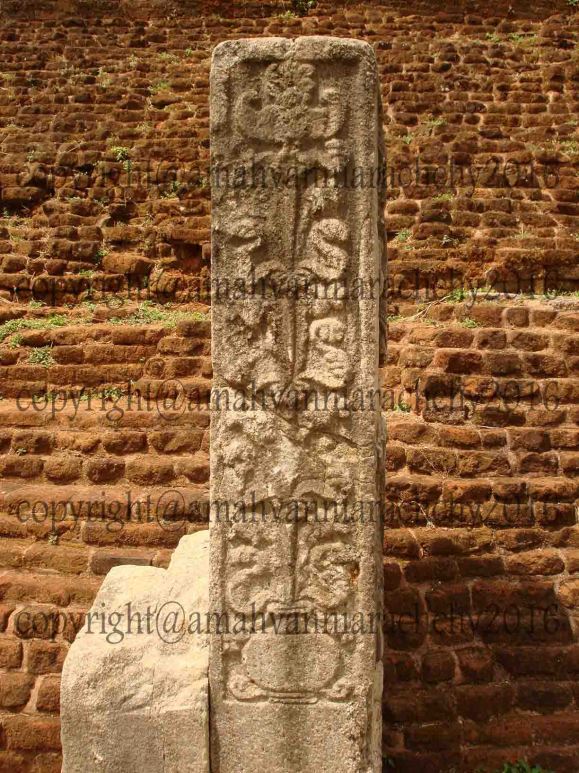


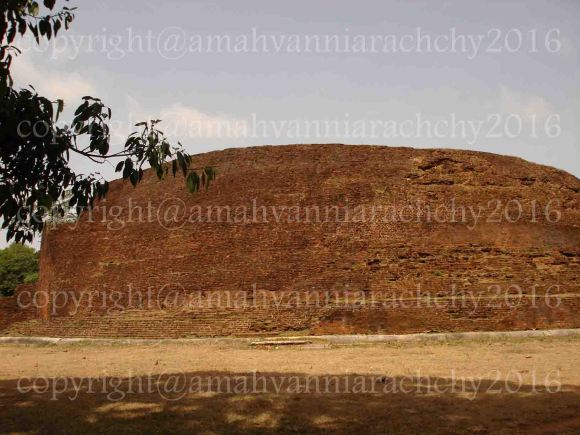
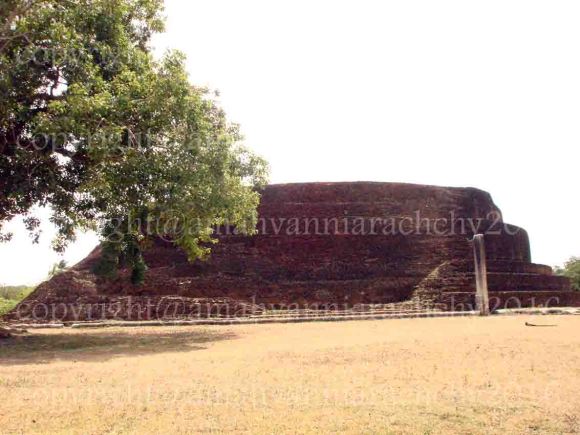

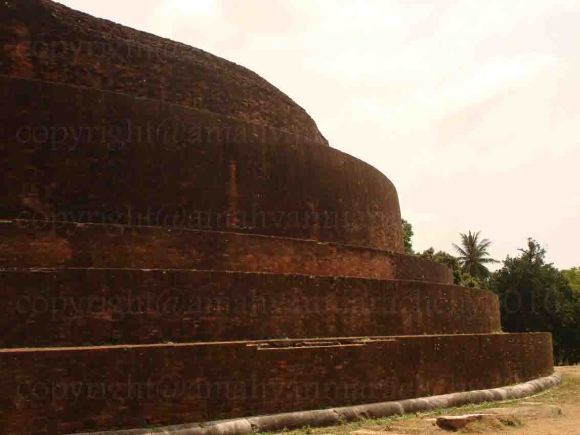
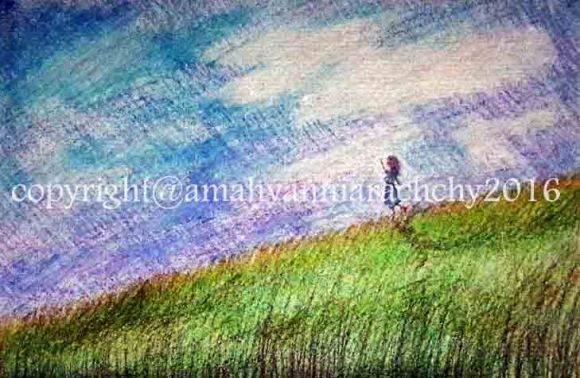
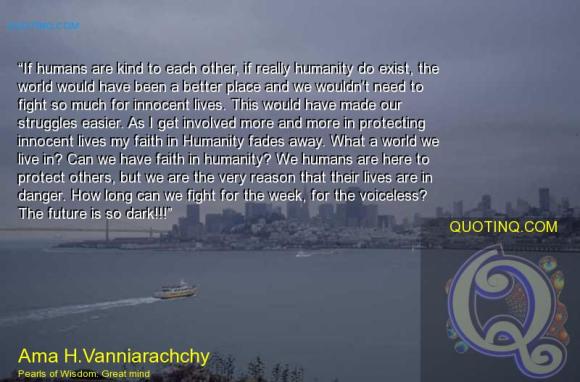 © සියලූම හිමිකම් ඇවිරිණි. කතෘගේ ලිඛිත අවසරය නොමැතිව මෙහි සඳහන් කිසිවක් හෝ උපුටා ගැනීම, ගබඩා කර තැබීම, නැවත ප්රකාශය, පලකිරීම සපුරා තහනම්ය. කතෘගේ ලිඛිත අවසරය නොමැතිව උපුටා ගැනීම බුද්ධිම දේපළ පනත යටතේ දඬුවම් ලැබිය හැකි වරදකි.
© සියලූම හිමිකම් ඇවිරිණි. කතෘගේ ලිඛිත අවසරය නොමැතිව මෙහි සඳහන් කිසිවක් හෝ උපුටා ගැනීම, ගබඩා කර තැබීම, නැවත ප්රකාශය, පලකිරීම සපුරා තහනම්ය. කතෘගේ ලිඛිත අවසරය නොමැතිව උපුටා ගැනීම බුද්ධිම දේපළ පනත යටතේ දඬුවම් ලැබිය හැකි වරදකි.












